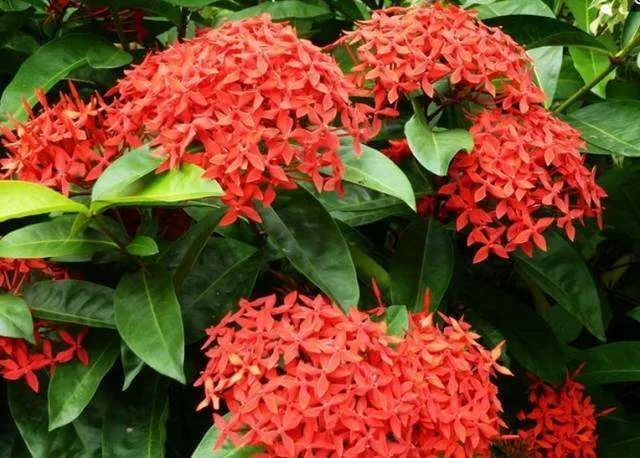Worth collecting! A mustsee for gardeners: 100 flower illustrations to increase your knowledge! (Part 2)

In the last issue, Youmiao.com compiled introductions to hundreds of common flowers. Today, we will continue to show you hundreds of must-see flower atlases for gardeners. Flower lovers, hurry up and collect them!
Lily of the valley is a perennial herb with a sweet smell. It can be propagated through rhizomes and the whole plant can be used as medicine. The whole plant of lily of the valley is poisonous , so try not to eat it by mistake or touch the juice with your bare hands.
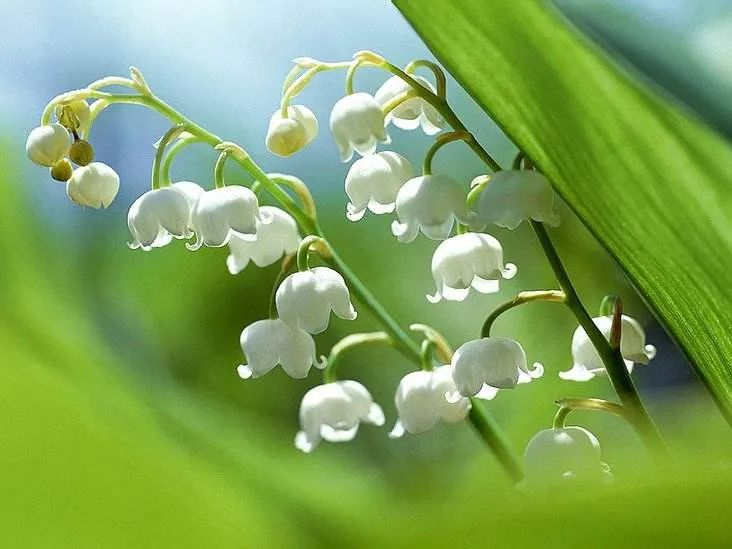
Lupine, also known as lupine, has upright and abundant inflorescences and bright and colorful flowers, including white, red, blue, purple, etc., and a long flowering period. It can be used for patch planting or in groups in strip flower beds. It is also a good material for cut flower production .
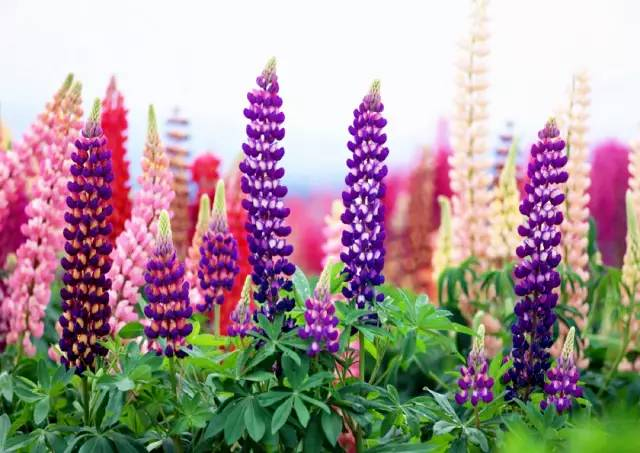
Violet is a herbaceous plant of the cruciferous family. It is about 60 cm tall (including inflorescence). It is suitable for growing in the north and can withstand temperatures as low as minus 5 degrees Celsius. It is not suitable for the acidic soil in the south and is light-loving and afraid of waterlogging.
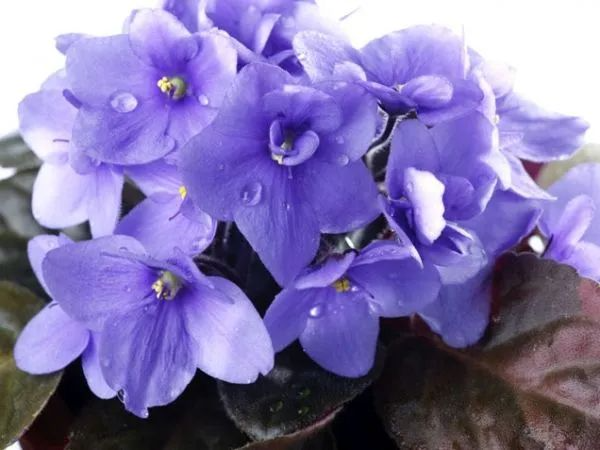
The official name of petunia is Petunia , which belongs to the genus Petunia in the Solanaceae family . It is a perennial herb, often cultivated as an annual or biennial plant. It looks like morning glory and trumpet flower, and is an excellent variety cultivated artificially.
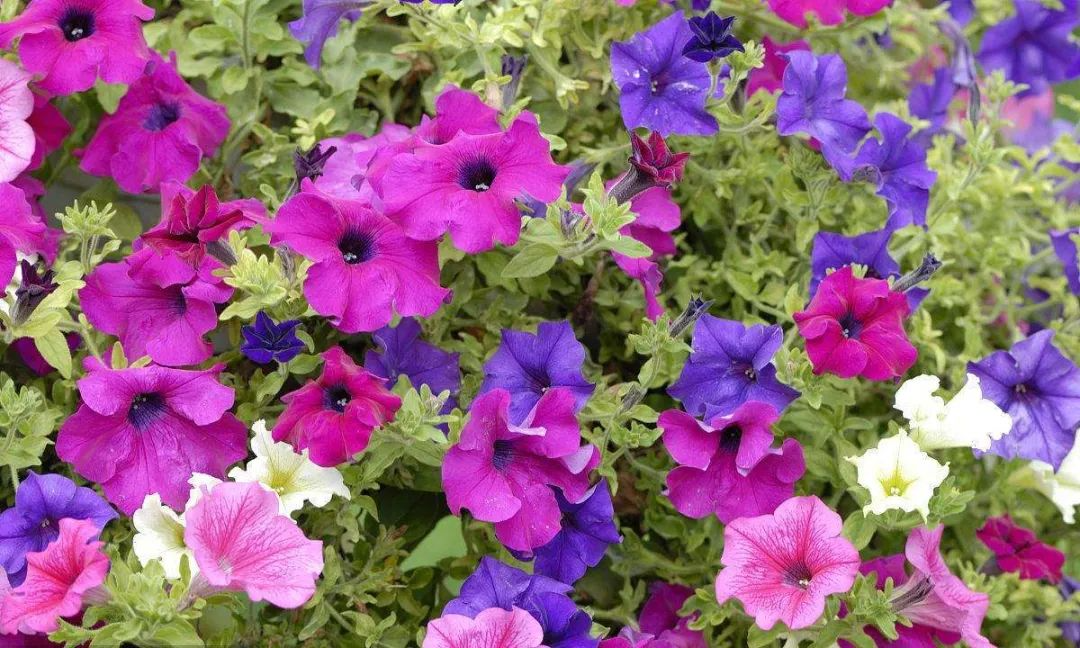
Hyacinthus, also known as daffodil, western daffodil, five-color daffodil, and fashionable brocade, is a perennial herbaceous bulbous plant. It is the most fragrant variety of flowering plants discovered so far, and there are many cultivated varieties.
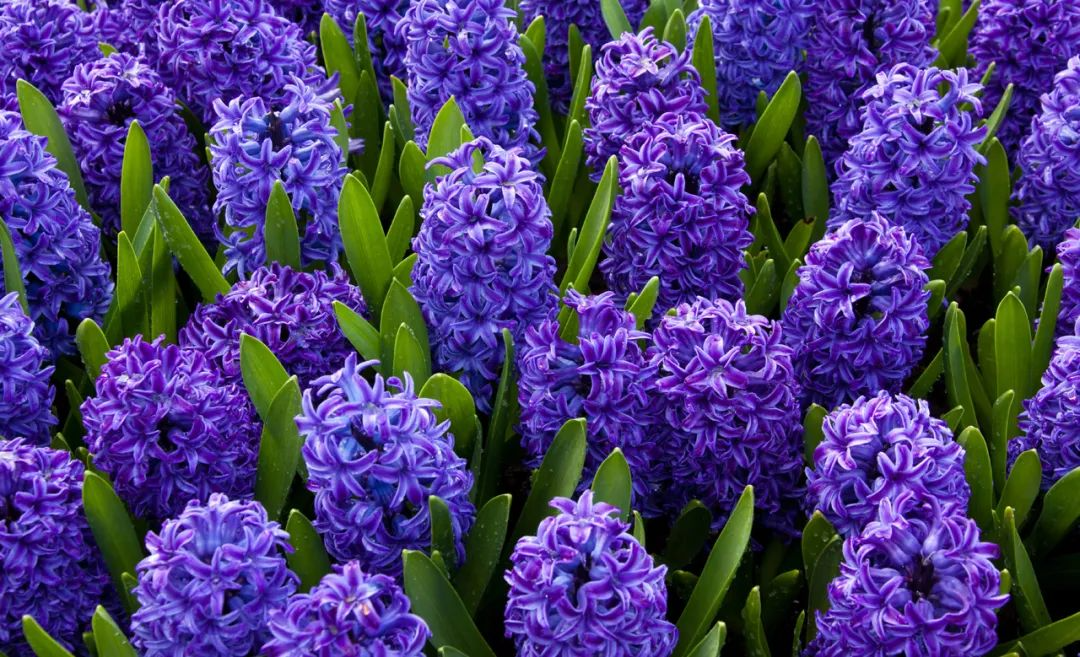
African Impatiens, also known as Impatiens balsamina, is native to Africa. It is an introduced plant and is suitable for maintenance in a warm and humid environment. It can be hung or grown as a hanging pot flower. It is not very cold-resistant in winter and needs to be kept above 5 degrees.
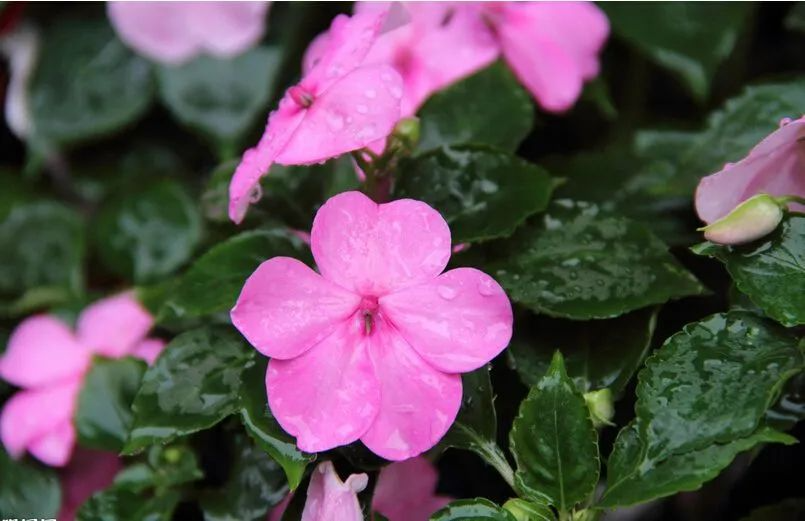
Lavender is a plant of the genus Lavandula in the family Lamiaceae. It is an annual or perennial herb or shrub. Its leaf shape and flower color are elegant and graceful, and its blue-purple inflorescence is slender and beautiful. In European tradition, lavender seems to be naturally related to love, and its flower language is "waiting for love".
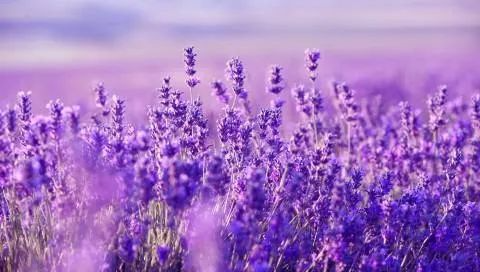
Sage is an annual herb of the Lamiaceae family and the genus Salvia . It is often cultivated as a kitchen vanilla or medicinal herb. It can also be used to extract essential oils and make sachets.
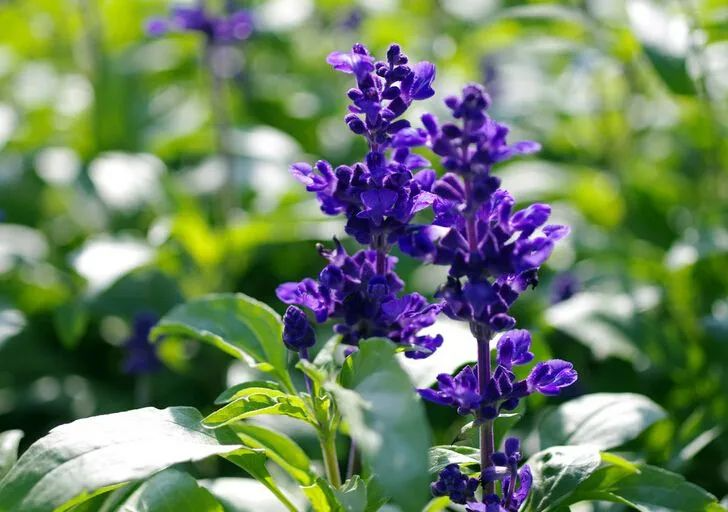
Bicolor jasmine is also known as mandarin duck jasmine. When it blooms, the color will change. It is blue-purple at first, then gradually becomes lighter, and finally turns white. The same plant has different flowering times and different flower colors.
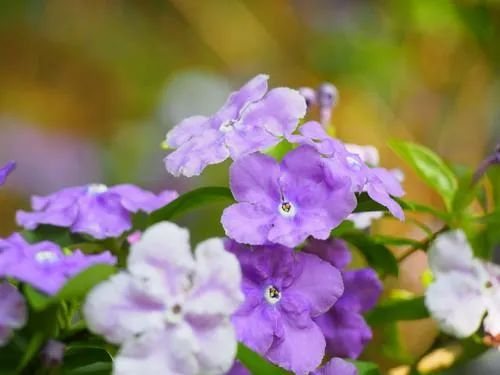
Jasmine is a shrub. It starts to flower and needs to be pruned after the Qingming Festival. The flower has a strong fragrance and a single flower does not last long. However, if the branches are pruned after flowering, it will continue to bloom and can bloom 3-5 times a year.
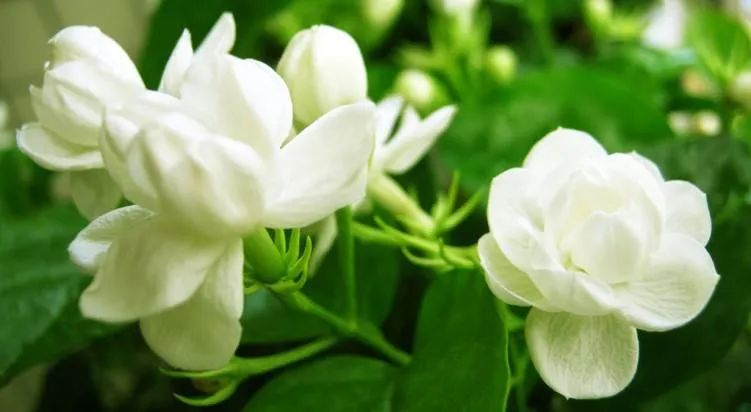
Gardenia is an evergreen shrub that prefers a warm, humid and sunny environment. Gardenia has lush branches and leaves, evergreen leaves all year round, and elegant fragrance, making it an important garden ornamental plant.
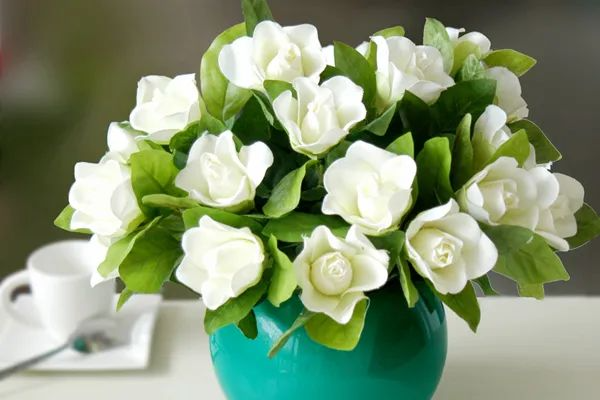
Saffron, also known as saffron and crocus, is a perennial flower of the genus Crocus in the family Iridaceae and is also a common spice. Saffron is a precious Chinese medicinal material used to treat stomach problems, menstruation, measles, fever, jaundice, hepatosplenomegaly, etc.

Cosmos, also known as autumn cosmos and gesang flower, is a herbaceous plant of the genus Cosmos in the Asteraceae family. It has strong hardiness, can be sown over a large area, is heat and sun resistant, and blooms from late spring to autumn.
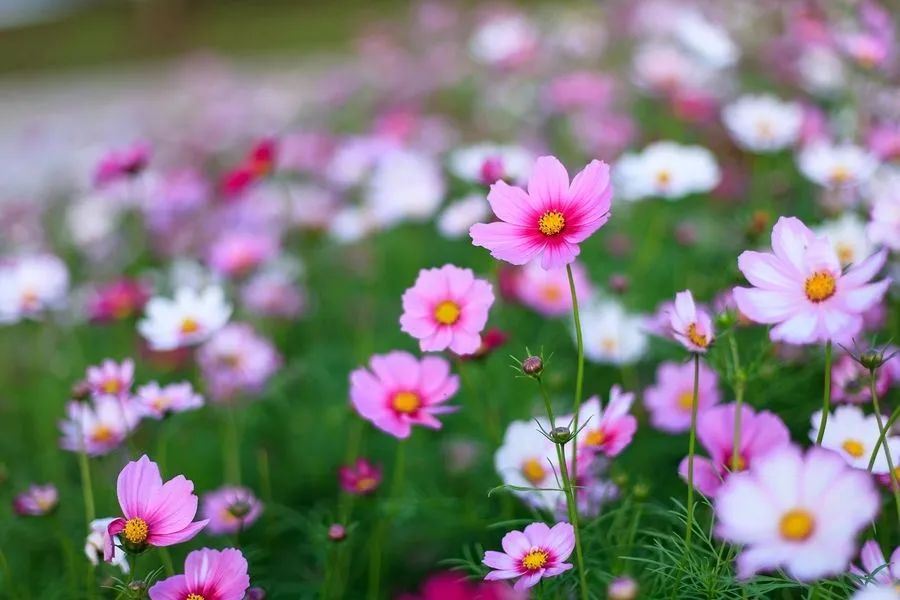
Cineraria is a plant of the genus Cineraria in the Asteraceae family. It is usually cared for for 1-2 years. It gets its name from the fact that its flowers and leaves resemble melon leaves. The flowers are relatively compact and commonly come in blue-purple, rose-red, and pink-white colors. It is very lively and cute.
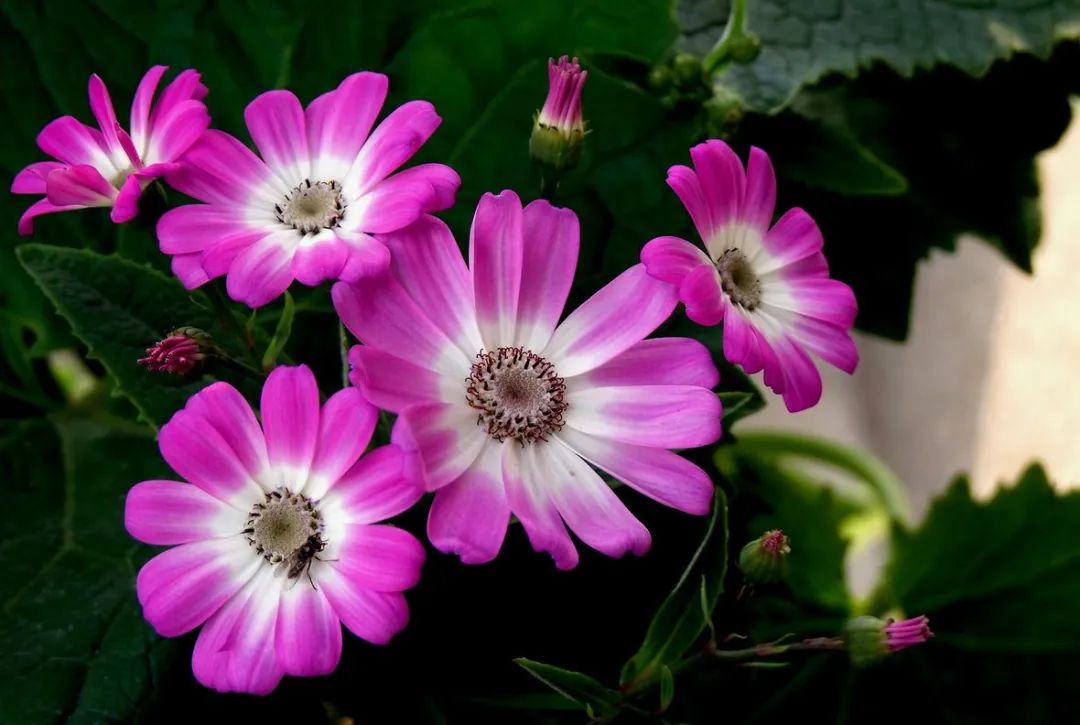
Cornflower is a kind of chrysanthemum with good uprightness. Each flower has an independent branch and is 30-70 cm in height. Its colors are white, blue-purple, and pink. Cornflower likes light, is cold-resistant, and is suitable for ground planting.
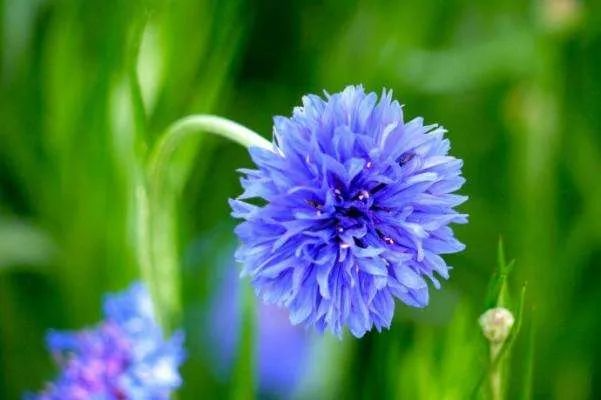
Gypsophila paniculata , also known as cone stone flower, is a perennial herb, but it is often maintained for one year. It has fluffy branches and leaves, large flowers, and two common colors are rose pink and white . Gypsophila paniculata needs to be watered in time. Once it lacks water or has too much water, or lacks or is too strong in light, it will die.
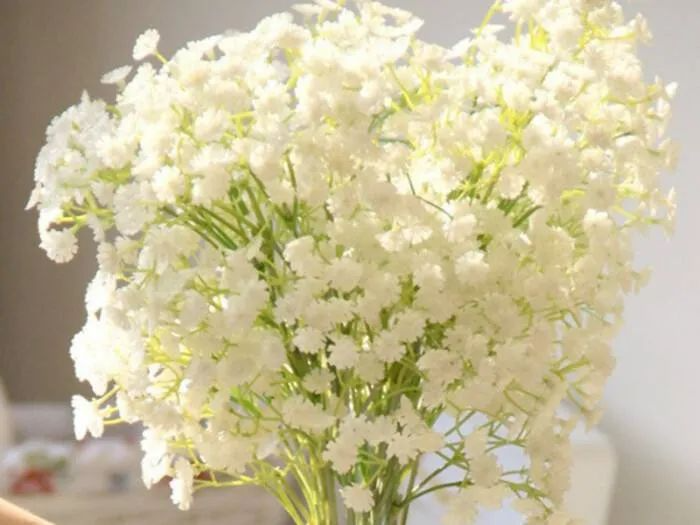
Pansy can bloom from late winter to early summer. It is a relatively cold-resistant flower with bright colors. Although the plant is relatively short, it can bloom continuously. It can be planted in pots or in the ground. It is usually sown in autumn and winter, and dormant in summer.
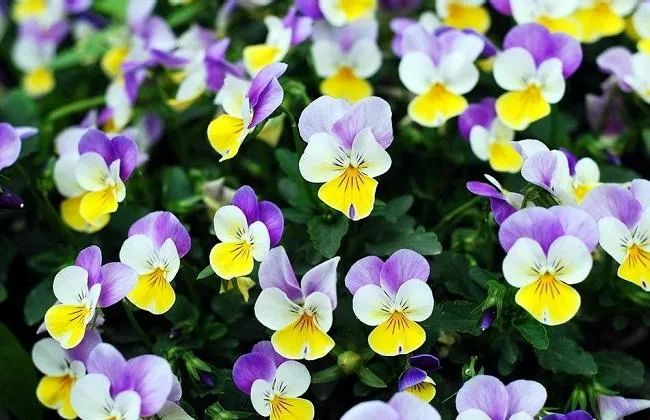
Nasturtium is a perennial semi-climbing or procumbent plant that grows rapidly in spring. Its leaves look a bit like pennywort. It blooms in multiple seasons, has a short dormant period in summer, continues to bloom in autumn, and can produce seeds for sowing.
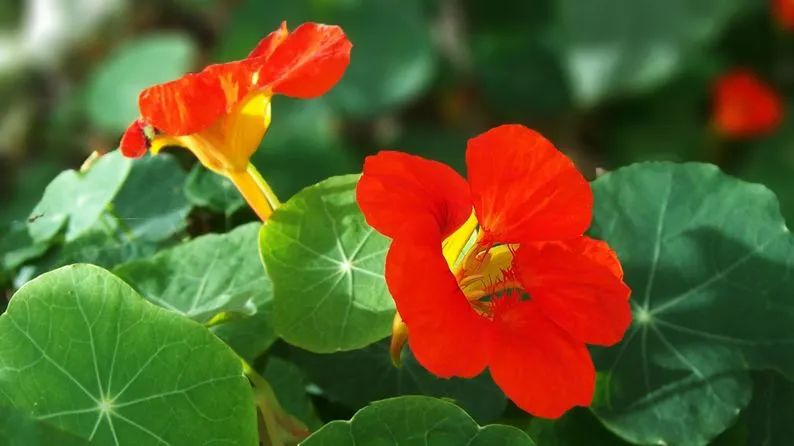
Rhododendron, also known as azalea and mountain pomegranate, now specifically refers to some wild azaleas in mountainous areas. It is a deciduous shrub and the whole plant can be used for medicinal purposes .
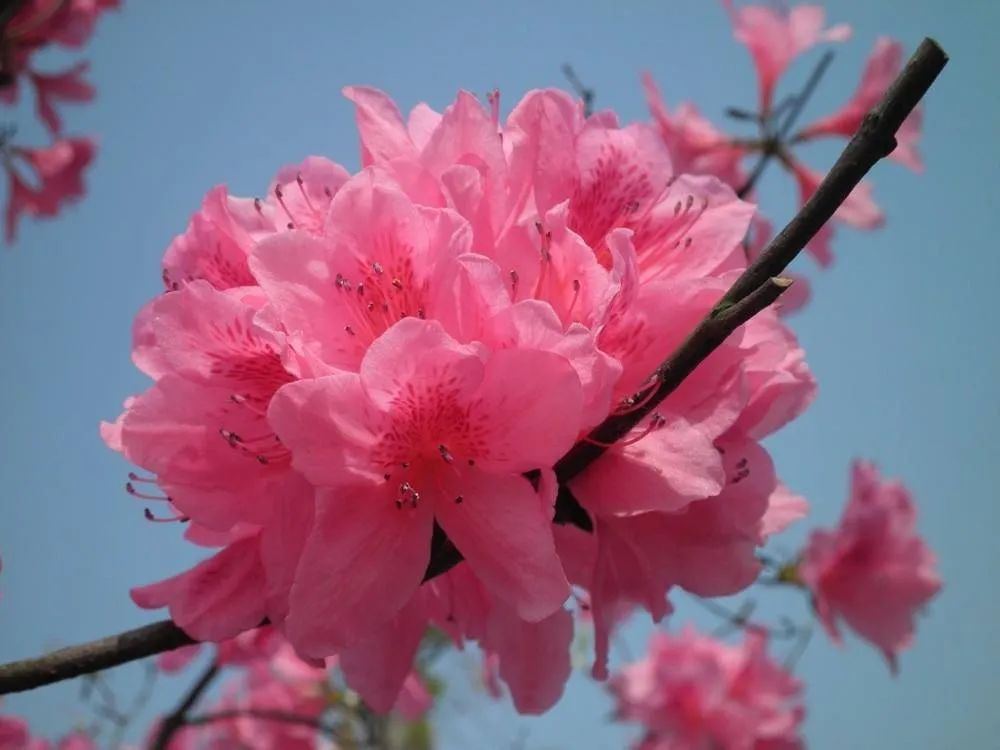
Rhododendron pubescens is a common azalea variety in cities. It is suitable for planting on both sides of roads. It has rose-red flowers and strong branches. Rhododendron pubescens is very tolerant and is also suitable for planting in courtyards with good results.
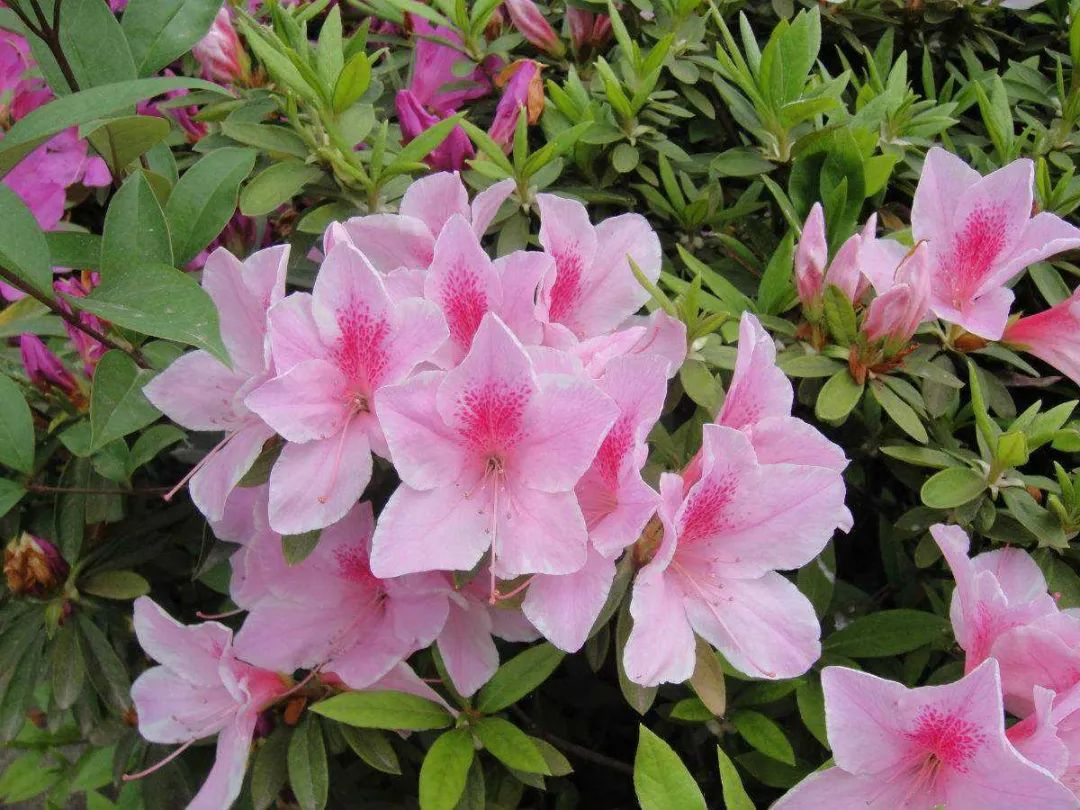
The scientific name of the western azalea is Rhododendron occidentalis. The plant is short and suitable for potted plants. Most of the potted azaleas sold on the market are western azalea varieties. They have many colors and double petals, and are very beautiful. Western azalea blooms in May and June, but if the temperature at home is suitable, it can bloom in all seasons.
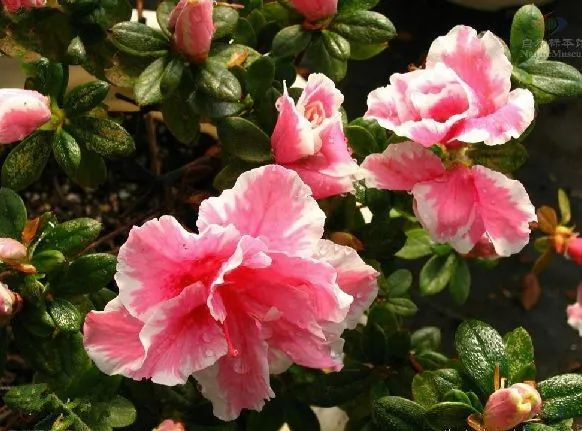
Passion fruit is a plant of the genus Passiflora. It can be propagated by branch cuttings or sown using passion fruit seeds. Passion fruit is a southern plant and it is not easy to set fruit when planted in the central and northern regions, but the flowers can be enjoyed.
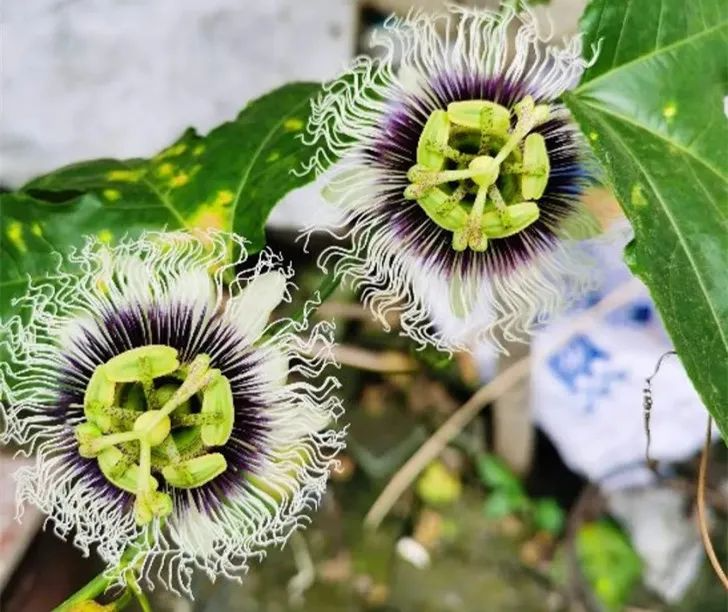
Rapeseed is also known as Brassica, which belongs to the genus Brassica in the family Cruciferae of the order Brassicaes. It is widely cultivated, especially in the Yangtze River basin and areas to its south.
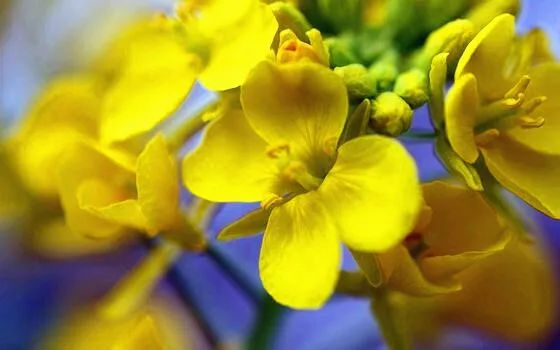
Calendula belongs to the Asteraceae family. It can be used as a dye and raw material for skin care products. It is an economic flower and is also suitable for urban greening. It is slightly cold-resistant, but afraid of heat and needs shade in summer.
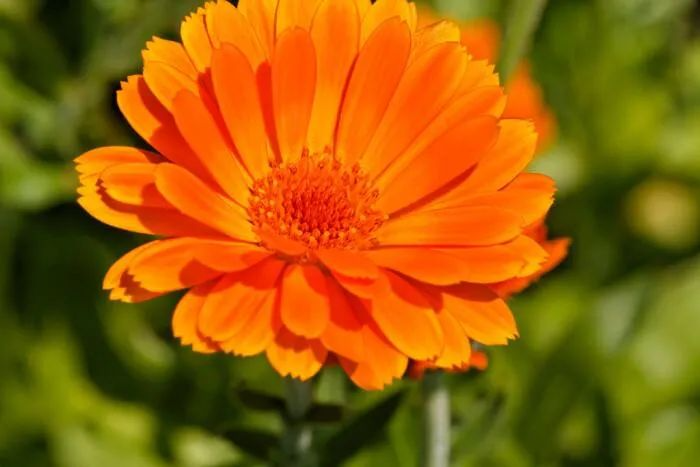
Sunflower is an annual herb, usually sown in autumn or early spring, and blooms in spring and summer. The sunflower has a relatively long flowering period and can change the flower disk according to the angle of sunlight. There are now many artificially cultivated varieties that are suitable for home care.
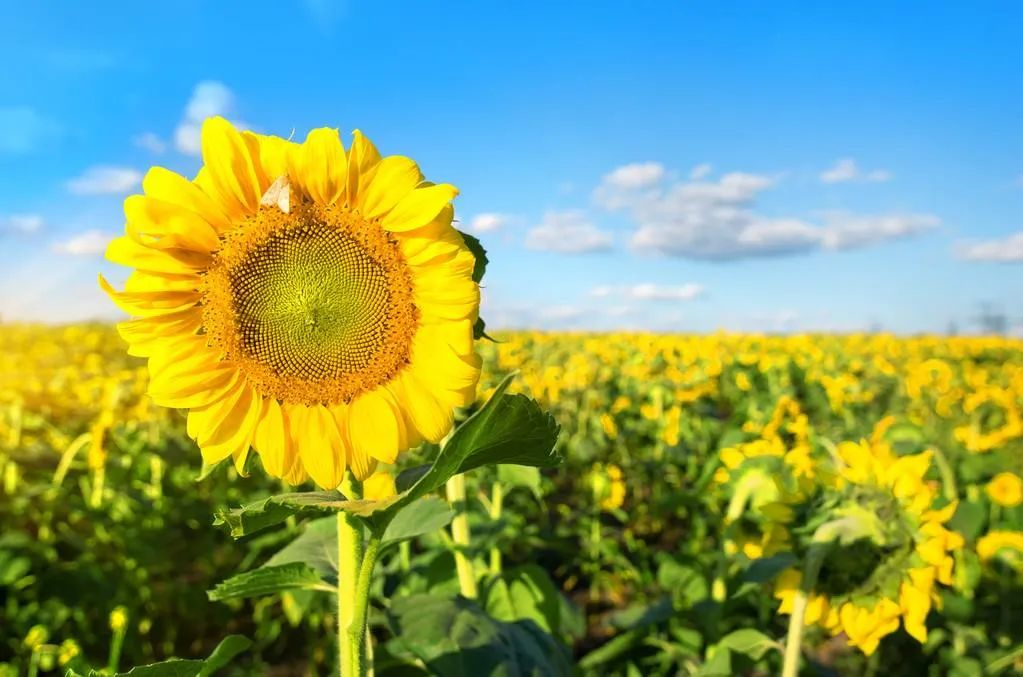
Poppy is an annual herb that is resistant to barrenness, heat, sun and drought. It is commonly cultivated in various parts of China as an ornamental plant , and its flowers and the whole plant can be used as medicine .
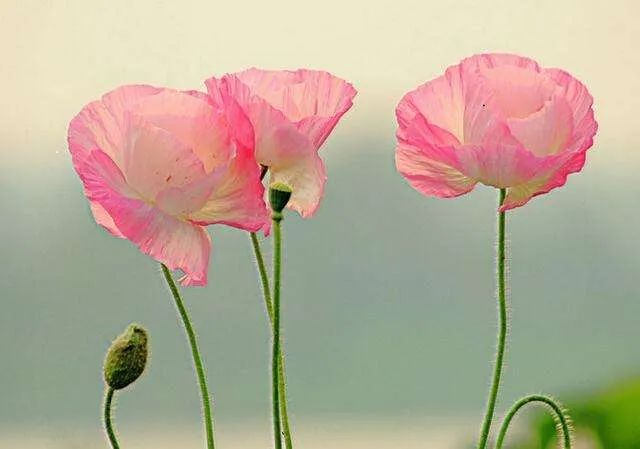
Rhododendron red camellia is also called four-season camellia and azalea camellia. Its leaves look like rhododendrons, and its flowers are camellias. It blooms in multiple seasons and is a relatively easy-to-grow camellia variety. It is now mostly cultivated artificially.
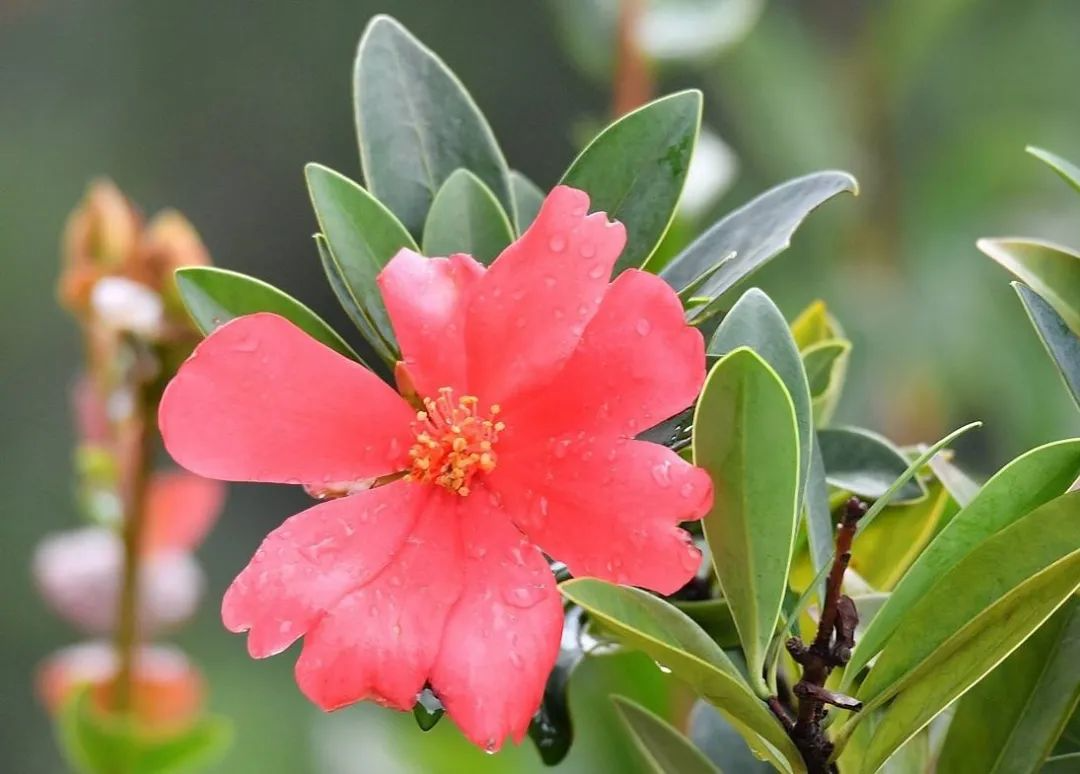
Salvia officinalis is a common greening plant belonging to the genus Salvia. It has slender inflorescences, a long flowering period, and strong adaptability. It is the most commonly cultivated herbaceous flower in Chinese cities and gardens.
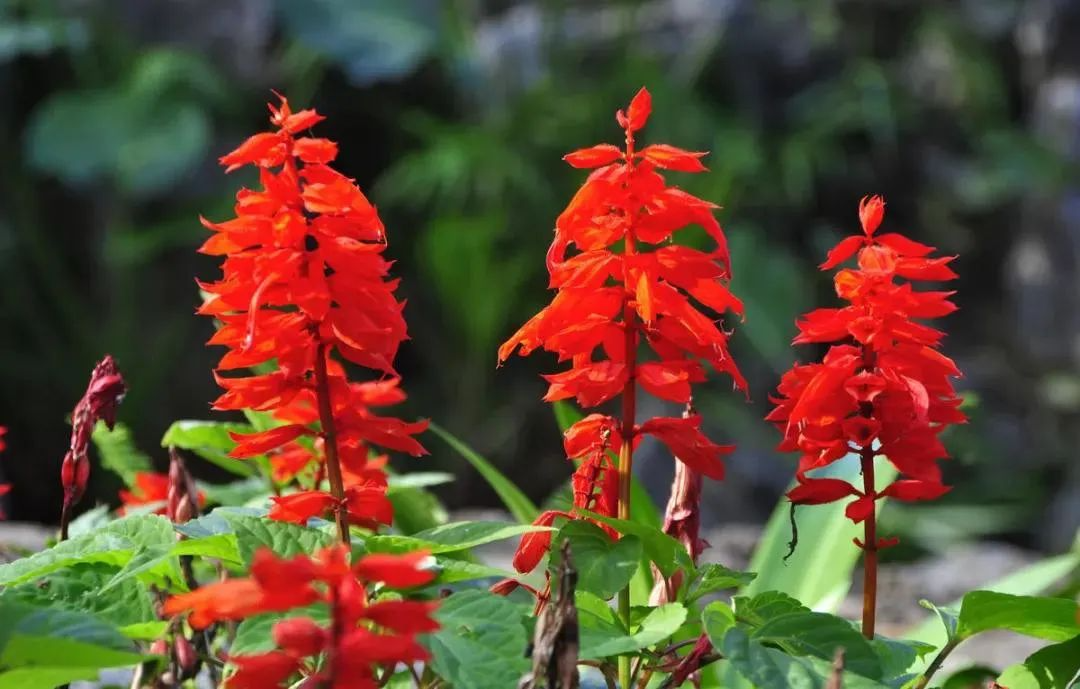
Globe amaranth, also known as fireball flower, is a plant of the Amaranthaceae family. It has very strong vitality and is resistant to barrenness, high temperature and drought. The flowers are brightly colored and have a very long flowering period. They will not wither after the flowers fall and can be dried to make dried flowers.

Xanthoceras sorbifolia is a common shrub in the north. It is resistant to barrenness, salinity and cold, and is often used in ecological maintenance and landscaping. Xanthoceras sorbifolia bears fruit in autumn, and its seeds can be used to extract oil, which was a common raw material for lamp oil in the past.
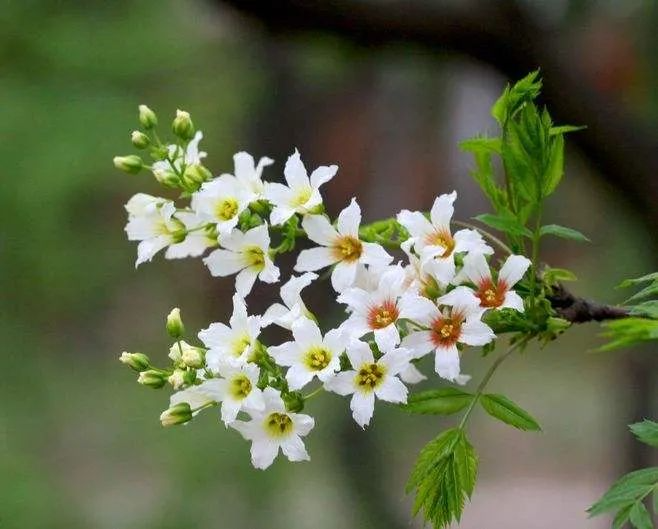
Trifolium is a common kochia grass that can grow on a large scale in a diffuse light and humid environment. Its flowers are fragrant and it is one of the nectar sources for insects and an important livestock fodder. It grows in both the north and the south and is relatively resistant to barrenness, but not very resistant to drought.
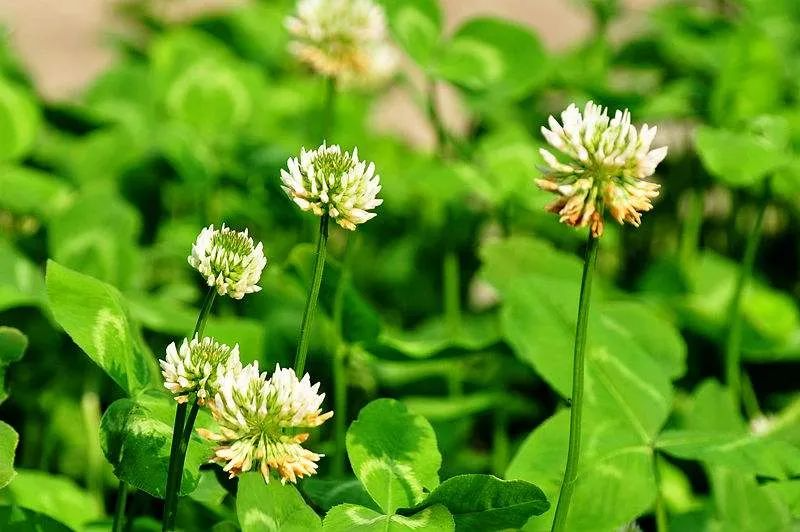
The calendula is a herbaceous plant of the Convolvulaceae family and the genus Calendula. It is a common wild flower that likes a humid environment, is heat-resistant and cold-resistant, has strong adaptability, and is not demanding on soil. It can be used as a garden plant, and its roots are used for medicinal purposes.
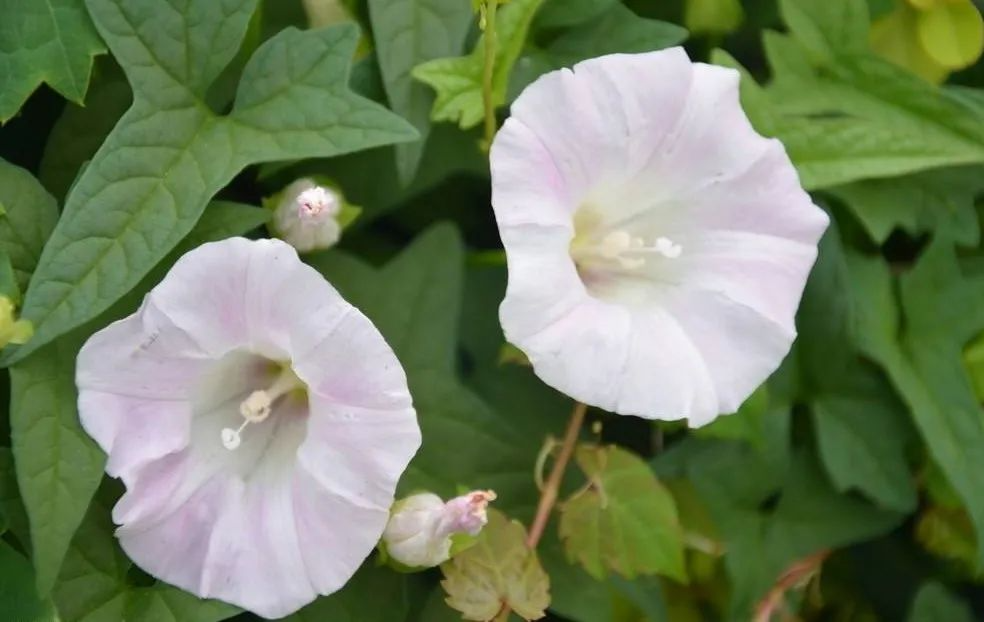
The groundsweet, also known as throat grass, is a common wild flower in spring . It likes a moist, warm, sunny environment and fertile soil. Its seeds can self-sow and reproduce , and can also survive in ice and snow.
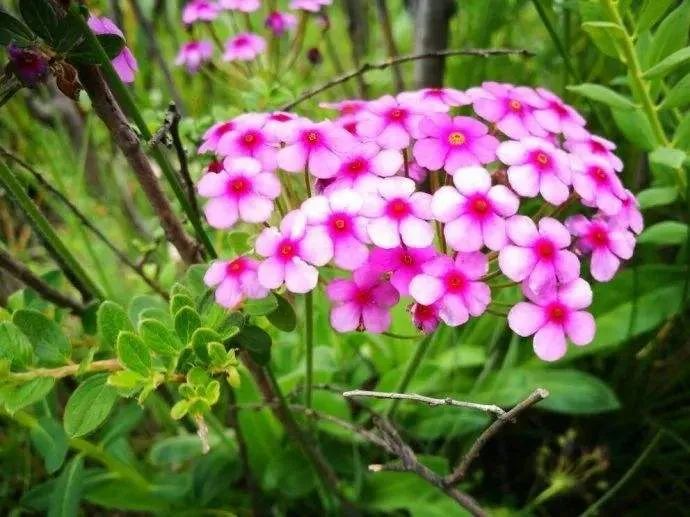
The long-tube flower is a plant of the Gesneriaceae family. It is shade-tolerant, a perennial herb. Its flowers resemble long-tube trumpets and have a relatively large number of flowers. It is suitable for potted plants and hanging plants. It blooms in spring and summer and comes in yellow, purple, white, pink and red.
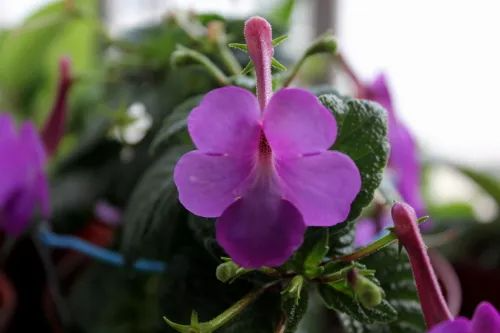
Dolphin flower is a plant of the Gesneriaceae family. It is shade-tolerant and perennial, but it takes 1-2 years to cultivate. When it blooms, the inflorescence hangs down, and it has two colors: white and blue-purple. The flowers look like little dolphins.
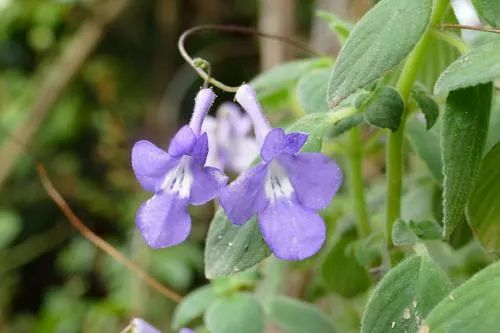
Liubeili is a plant of the genus Lobelia in the Campanulaceae family. It is a herbaceous flower that is often cultivated for one year. It likes regular sunlight and blooms in large numbers. It can be pruned and shaved after blooming, and there is a chance for it to bloom again. It is afraid of high temperatures in summer and needs shade and cooling maintenance.
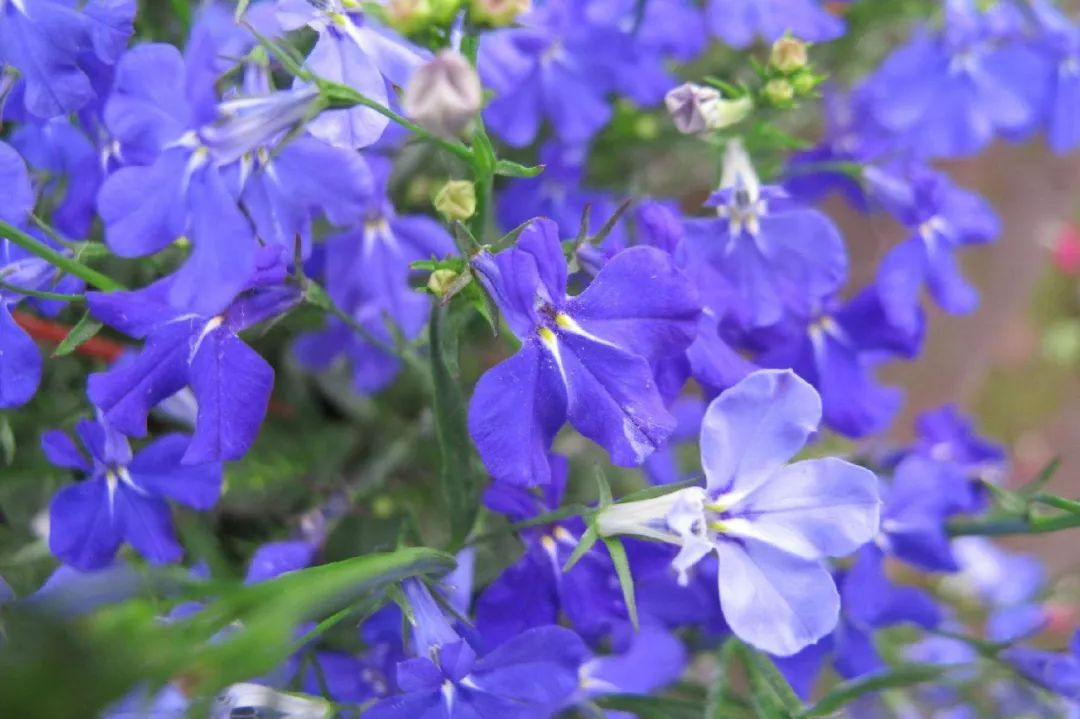
Dendrobium is an epiphytic orchid, which means it needs to parasitize on other substances, such as tree trunks, wood, rocks, etc. It does not need to be completely cultivated in soil, as long as the environment is moist. It is relatively shade-tolerant, and the whole plant of some varieties of Dendrobium can be used as medicine.
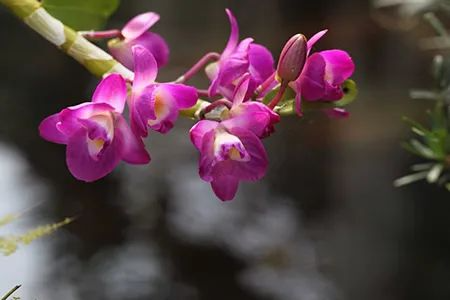
Zephyranthes, also known as Allium orchid, is a perennial plant of the genus Allium in the Amaryllis family. It is propagated through bottom bulbs, is light-loving and heat-resistant, slightly shade-tolerant, can bloom from spring to winter, has strong reproductive ability, and is suitable for ground planting.
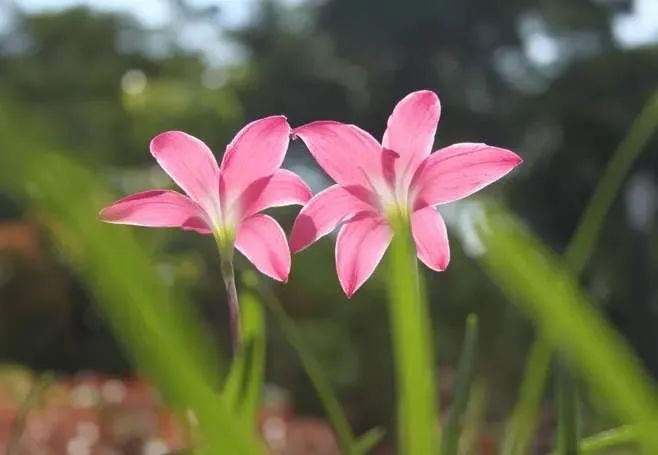
Daylily is a perennial plant of the genus Hemerocallis in the family Liliaceae. Its flowers look a bit like small lilies. Its rhizome is spindle-shaped (slightly toxic). It has strong adaptability and can be planted in the ground in both the north and south.
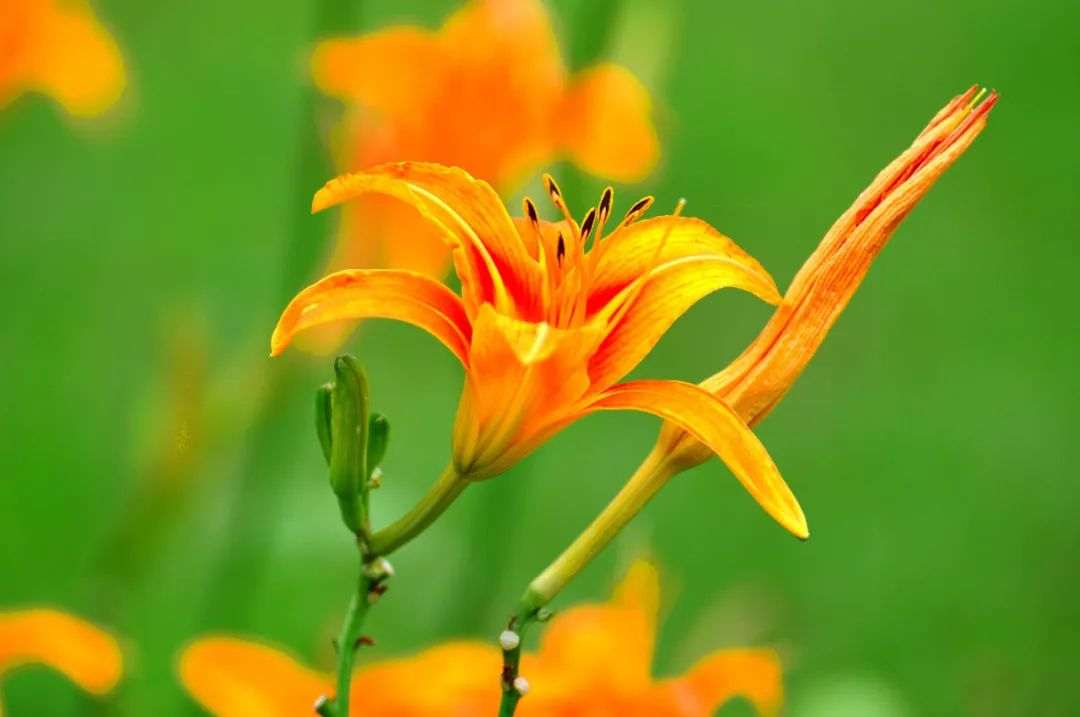
Agapanthus is a plant of the genus Agapanthus in the Amaryllis family. It blooms at temperatures between 18-28 degrees. The inflorescence is tall, and the whole plant height is about 50-70 cm. The flowers are white or blue-purple. It is not very cold-resistant in winter and is suitable for ground planting in warm areas.
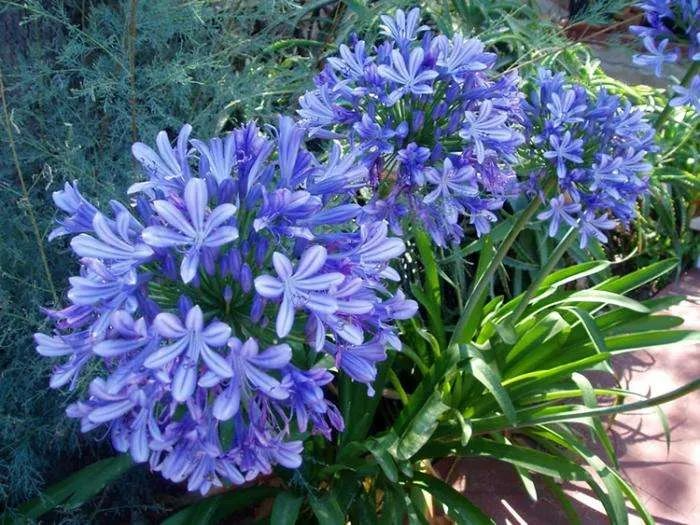
Allium grandiflorum belongs to the Liliaceae family and the Allium genus. It is a perennial bulbous flower with good upright flowering. It is about 40-80 cm tall, with large flower balls on the top, which are fragrant and have a special shape, making it suitable for garden landscaping.
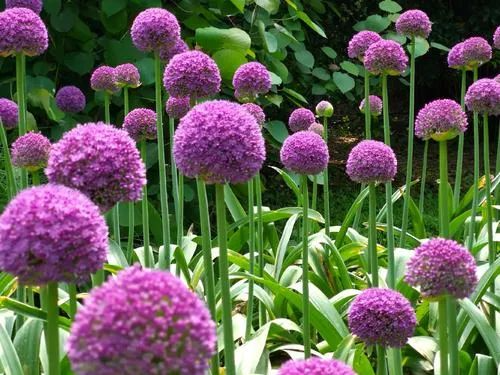
White orchid is an evergreen tree that blooms in spring and summer. It is very fragrant and has a long flowering period. It is a famous garden ornamental tree species and is often planted as a street tree. The flowers can be used to extract essence or make tea, and can also be extracted into extracts for medicinal use.
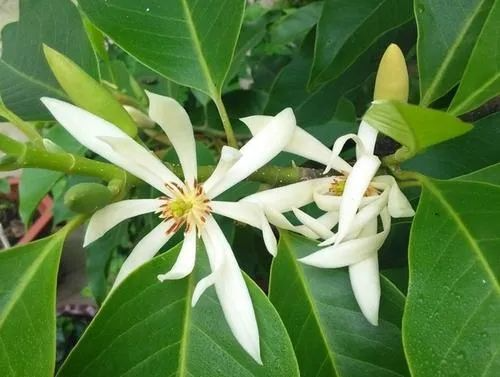
Serissa officinalis is an evergreen shrub of the Rubiaceae family. It blooms in spring and summer (May-July) and has many branches.
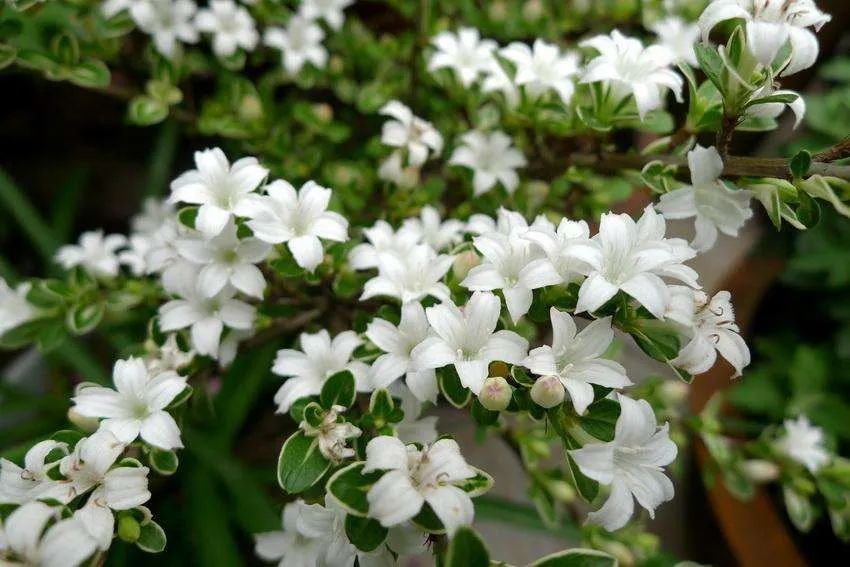
Hippeastrum is a perennial bulbous herbaceous plant of the Amaryllis family. It is distributed in Brazil and Hainan, China, and has been artificially introduced for cultivation. European and American horticulturists have specially produced Hippeastrum into canned flowers for the convenience of flower growers.
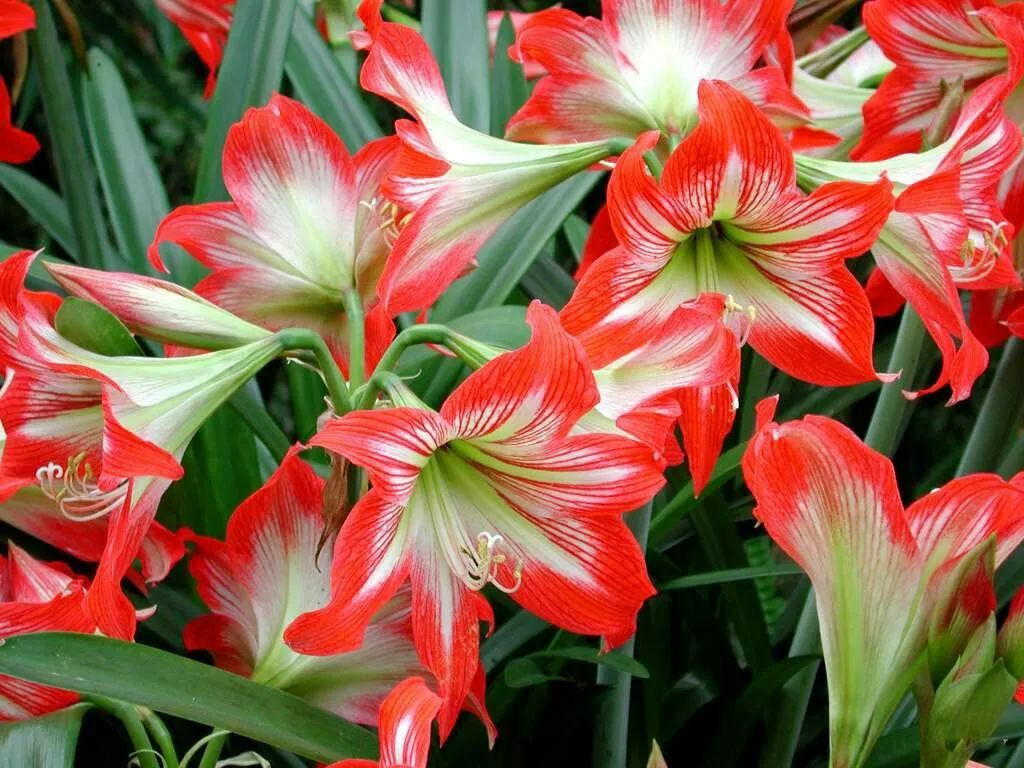
Hosta, also known as jade spring stick, white crane flower, jade bubble flower, and white hosta , is a perennial herbaceous flower of the Liliaceae family . Its flower buds are as delicate and translucent as jade, and are named after their shape which resembles a hairpin. It is a famous traditional fragrant flower in China and is deeply loved by people.
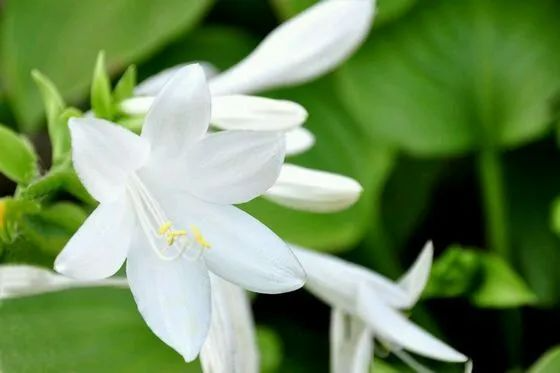
Sophora flowers bloom in spring and summer and have a sweet scent. They are one of the main sources of honey. White Sophora flowers are edible, but red Sophora flowers are not edible.
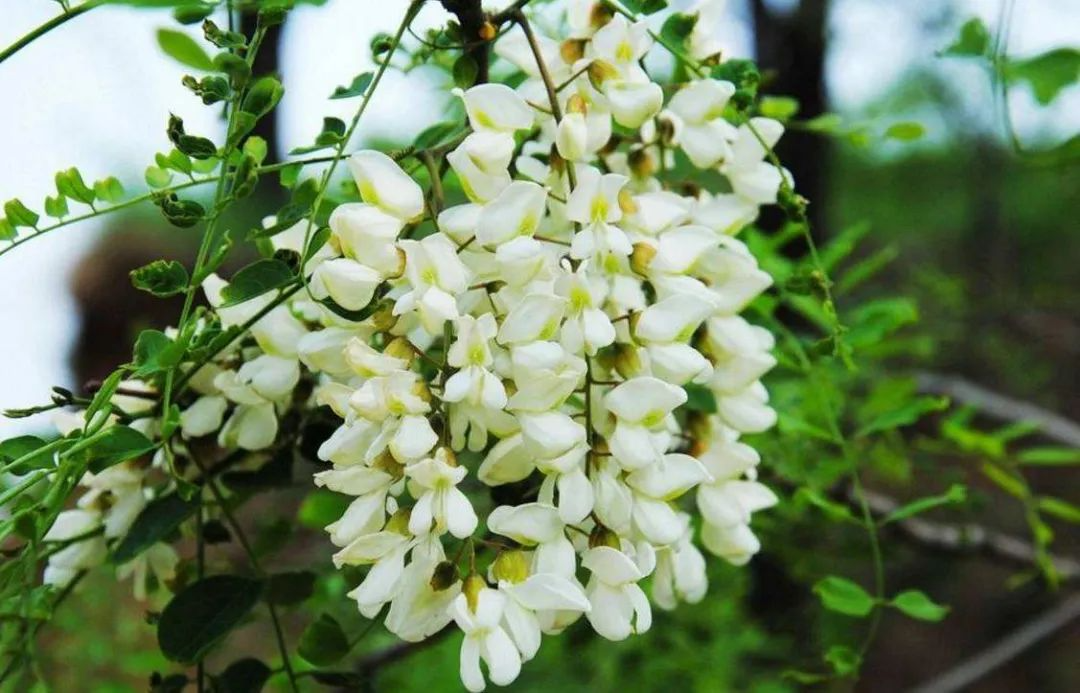
The blue butterfly flower is a perennial plant of the Verbenaceae family. It likes a warm and humid environment and is mostly planted in the south. It grows most vigorously at 23-32 degrees. It blooms continuously in spring, summer and autumn. It is not cold-resistant in winter and needs to be above 5 degrees.
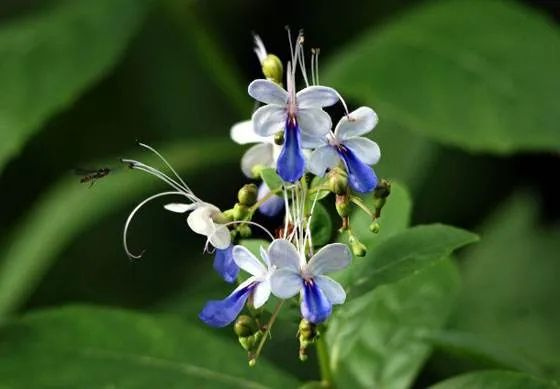
Cleome is also known as Western white flower, swallowtail grass, purple dragon's beard, spider flower, and belongs to the genus Cleome of the family Brassicae. It is native to tropical South America and is now widely cultivated around the world. The flower language and symbolic meaning of Cleome is: mystery.
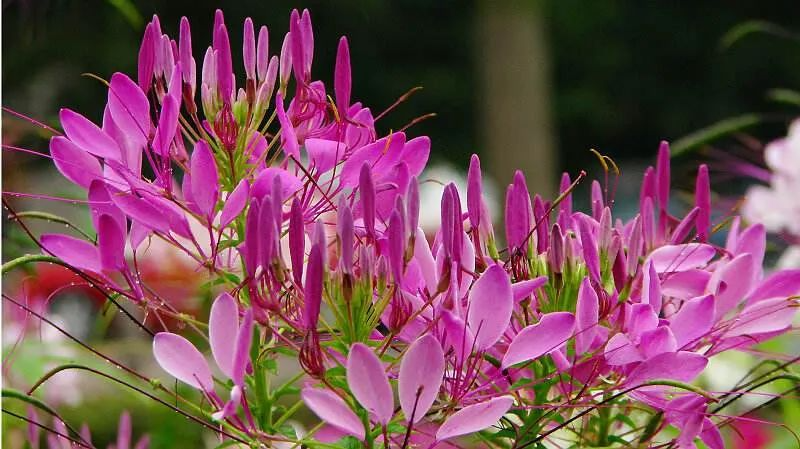
The chinaberry tree is a relatively common outdoor green plant. It blooms around May, has a strong fragrance, has many scattered branches, likes strong light, and is resistant to humidity and heat. It is distributed from Hebei to Sichuan.
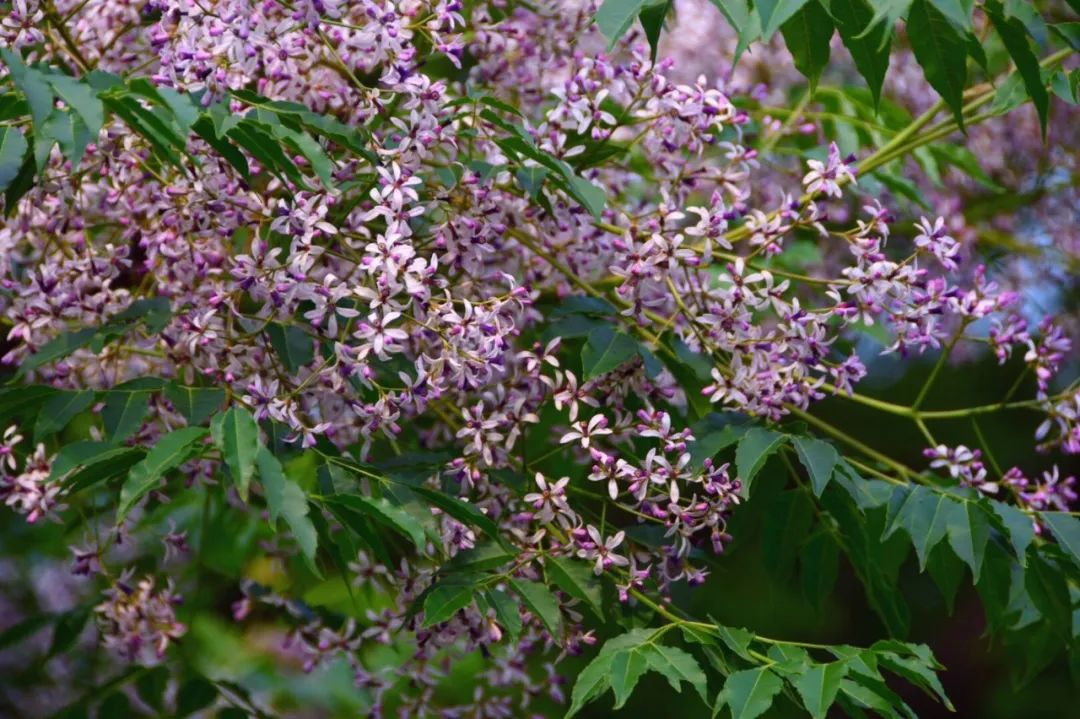
Ixora is also known as English Dan, Xian Dan Hua, and Hundred Days Red. It belongs to the Rubiaceae family and the Ixora genus. It has rich colors, including red, orange, yellow, white, and two colors . It is an important potted woody flower and the national flower of Myanmar.
